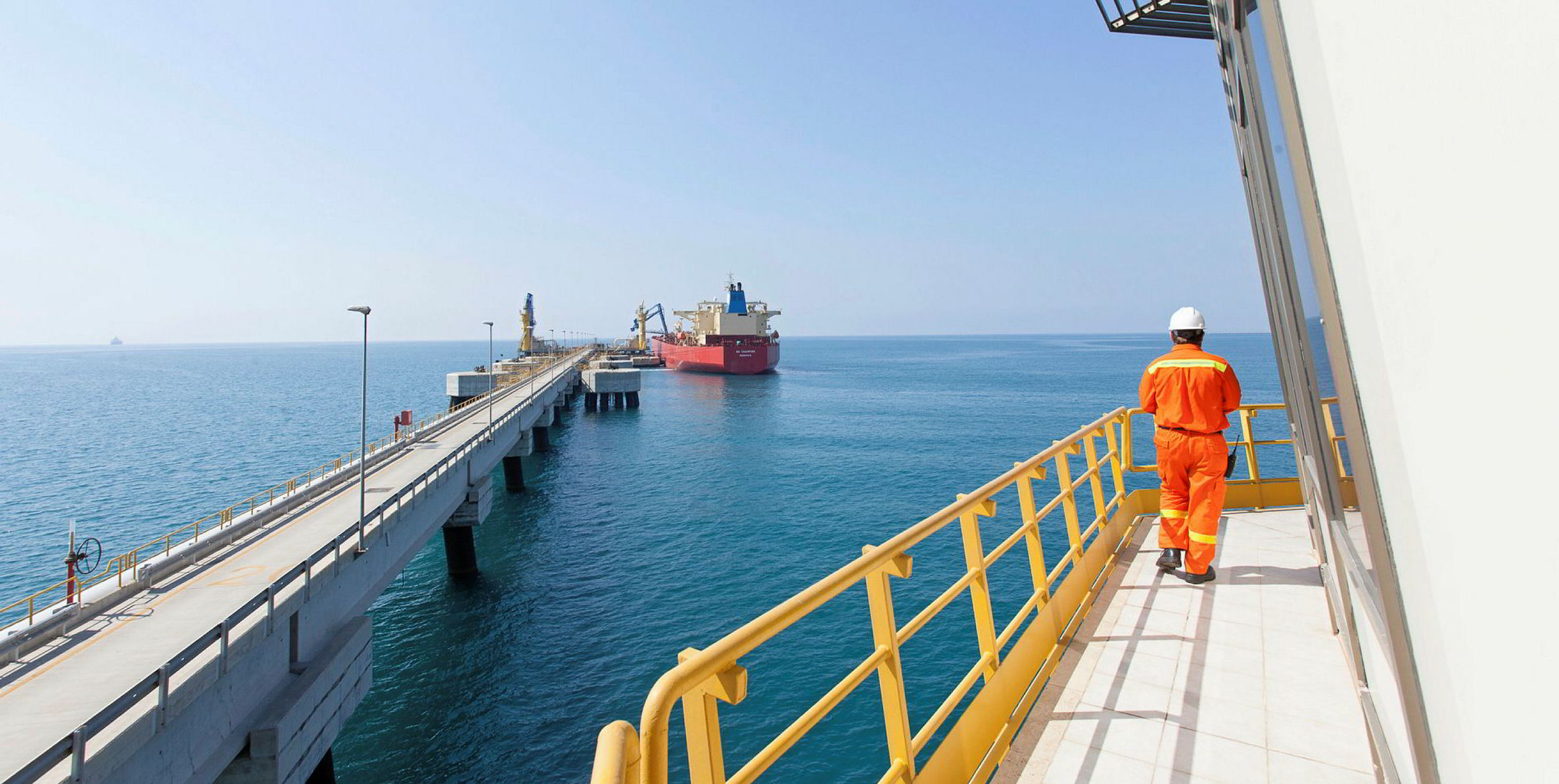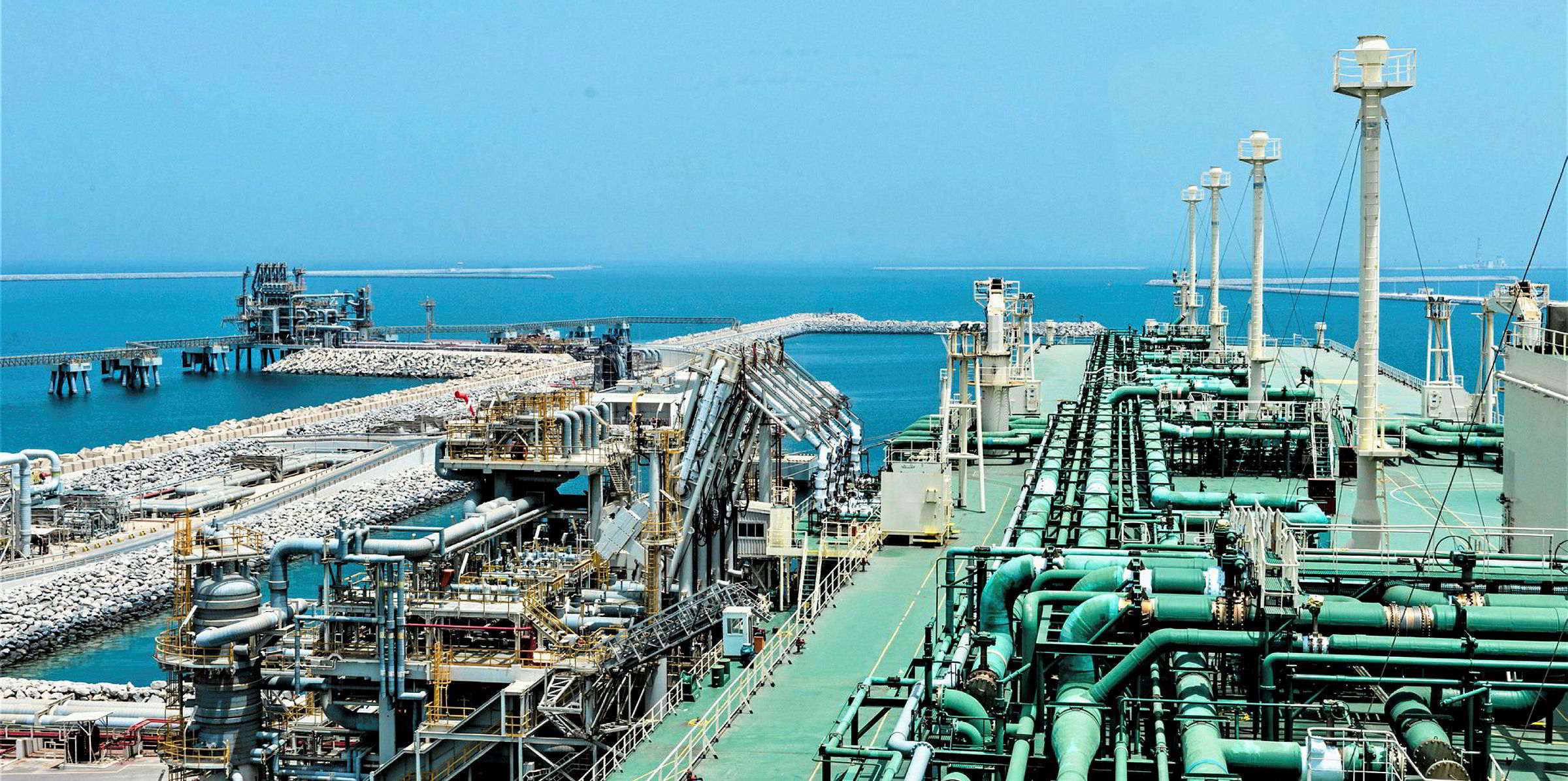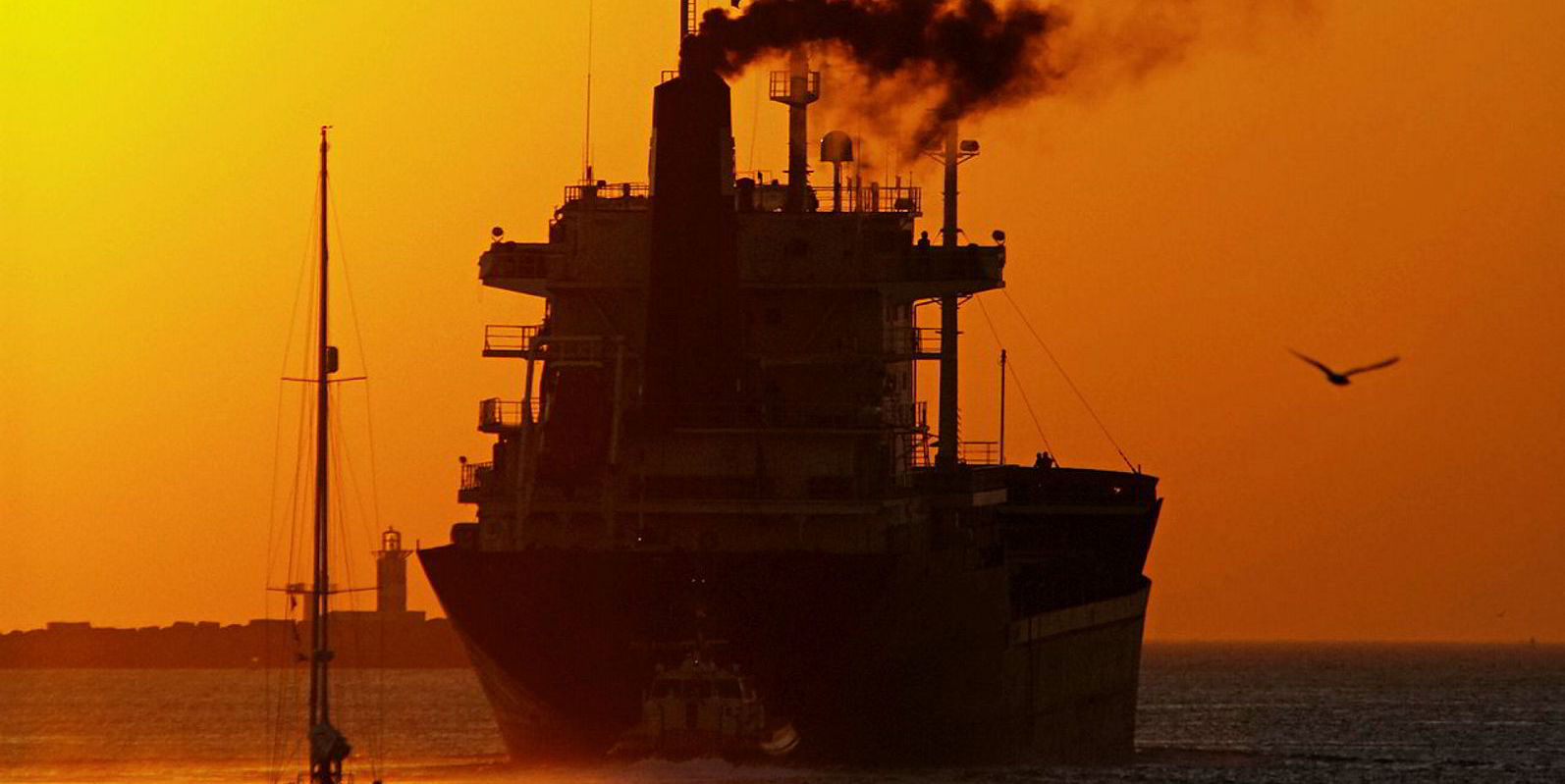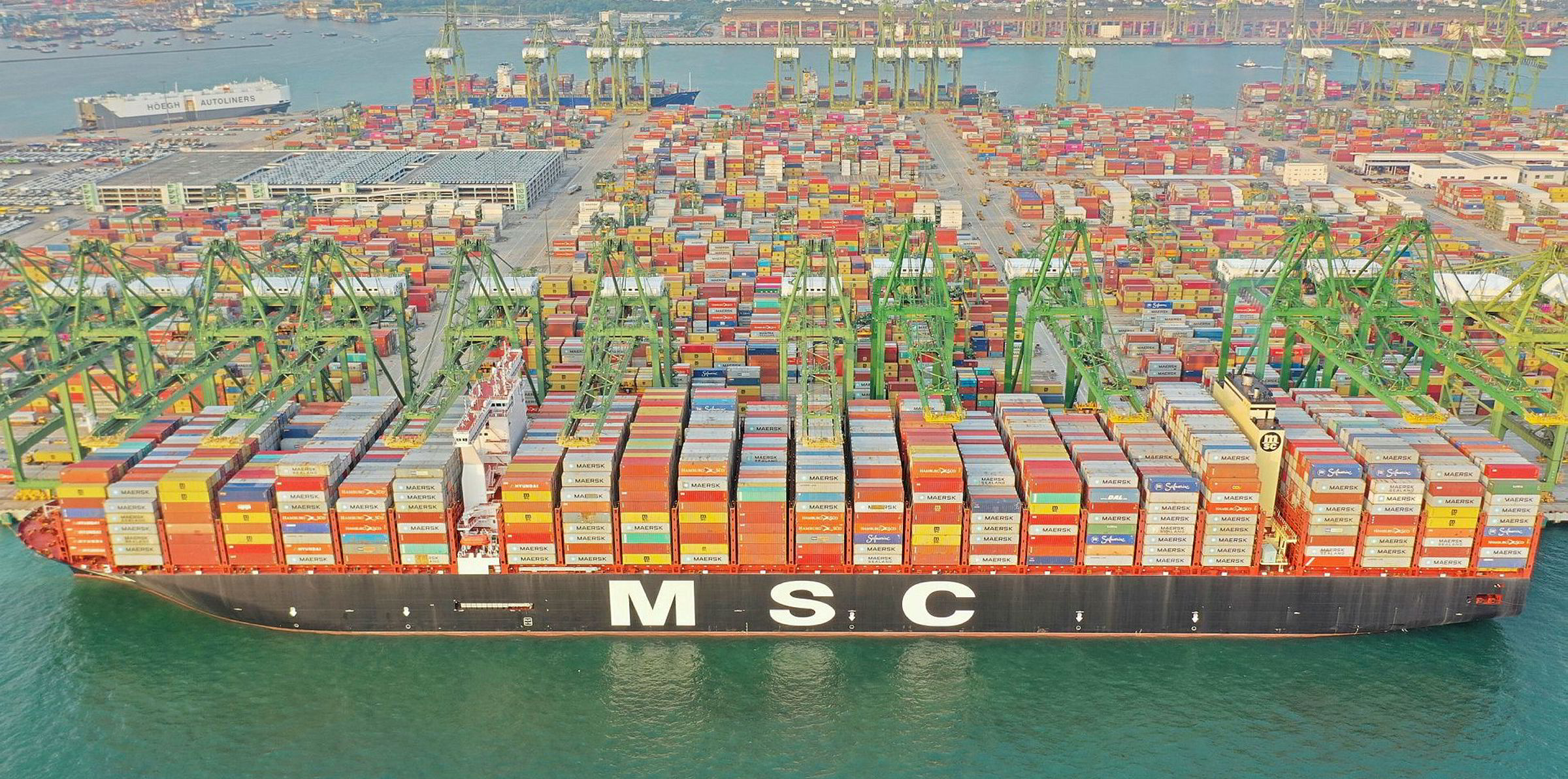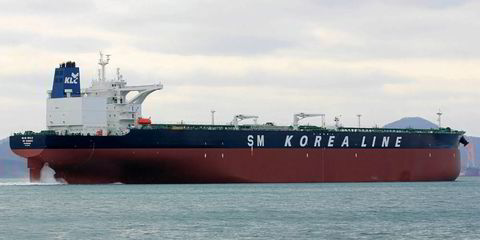LNG suppliers are starting to make some serious noise about so-called carbon-neutral LNG cargoes.
Cargoes are marketed as carbon neutral when their greenhouse gas (GHG) emissions for the entire supply chain — expressed in CO2 equivalents (CO2e) — are offset by credits bought from carbon-removal projects.
In her presentation at BP week, Carol Howle, who is the energy giant’s executive vice president for trading and shipping, said the company is working on developing a carbon-neutral LNG offer, which will bundle physical gas with carbon offsets from BP’s own low-carbon production.
By 2025, BP expects to have access to carbon credits from about 100 projects from a wide range of products, such as avoided deforestation, mangrove restoration and afforestation.
Shell has already gone public on selling carbon-neutral LNG cargoes to CNOOC Gas & Power Co, Tokyo Gas in Japan, South Korea’s GS Energy and CPC in Taiwan and said it has a voluntary carbon-credit portfolio comprising 29 projects, including afforestation projects in Qinghai and Xinjiang provinces in China.
Poten & Partners suggested that Total is about to follow suit with its first publicly announced carbon-offset sale of LNG to CNOOC.
Carbon credits from verified projects are used to mitigate existing greenhouse gas emissions for the entire cargo supply chain, which for LNG should include CO2 and methane.
Each carbon credit represents one ton of CO2 equivalent removed or reduced from the atmosphere.
Carbon offsetting projects can be:
- Nature-based schemes such as afforestation
- Community-based projects where fossil fuels are replaced with cleaner sources of energy and the permanent emissions reduction becomes the source of credit
- Renewable-based projects where companies invest in renewable developments and use these credits to offset other emissions.
Pulling power
The drivers are coming from sellers — as the majors try to meet their ambitious GHG emissions reductions targets — but also from buyers, who have downstream customers that are also intent on the same course.
Singaporean gas buyer Pavilion Energy has been widely quoted as asking for offers on LNG supply with a carbon-offset solution attached.
Poten head of Asia Pacific business intelligence Sophie Tan said there is a great deal of activity on LNG carbon offsetting. Sellers are offering separate carbon-offset contracts alongside the normal sales and purchase agreements for the LNG volumes.
“Suppliers can compete by offering cargoes with the lowest carbon emissions, and/or the best carbon-offset solutions as well as on LNG price,” Tan said.
So far, all the carbon-neutral cargoes have been one-off spot sales, she pointed out, with no term deals concluded.
“It’s going to be a growth area for sure for the next few years to come,” she said.
Unregulated
But carbon offsetting is an emerging area, and as Tan added, still a largely unregulated business.
One of the key hurdles is understanding exactly what the carbon emissions of an LNG cargo are.
This was a hot topic at the Gastech Virtual Summit this month as speakers grappled with the question of how gas can usefully play a part in the energy transition to a low-carbon future.
Mark Schubert, Australian LNG producer Origin’s executive general manager for integrated gas, said just over 300 kilotonnes of CO2e emissions are associated with one LNG cargo from eastern Australia that is converted by a combined-cycle gas-turbine power plant in Asia.
Schubert said nearly 83% of this emissions figure comes from the gas consumption by the customer, with about 13% under the control of the producer. His figures show regasification accounts for 3% and shipping 1%.
Figures will vary between producers and on the shipping distance, but Schubert said that once a cargo footprint is understood, the next step is to reduce those emissions under the operational control of the producers.
“It is simply not enough to rely solely on offsets,” he said, explaining that each participant in the value chain needs to contribute to the emissions-reductions aims.
Another concern is the credibility of the offsets on offer and their costs.
Schubert said that while carbon offsets are currently the most cost-effective means, ensuring that emissions are credibly and permanently retired is essential.
He also pointed out that there may be a shortage in the volumes available as countries and companies rush into this emerging market and push up costs.
Scaling up
Cost is already a significant factor. Schubert calculates that neutralising the 304 kilotonnes of CO2e associated with an LNG cargo by buying Australian carbon credits would cost $3m at an offset price of $10 per ton of CO2e.
Lucy Cullen, who is principal analyst Asia-Pacific gas and LNG with global natural resources research consultancy Wood Mackenzie, conjured up an illustration that put the volume picture into perspective.
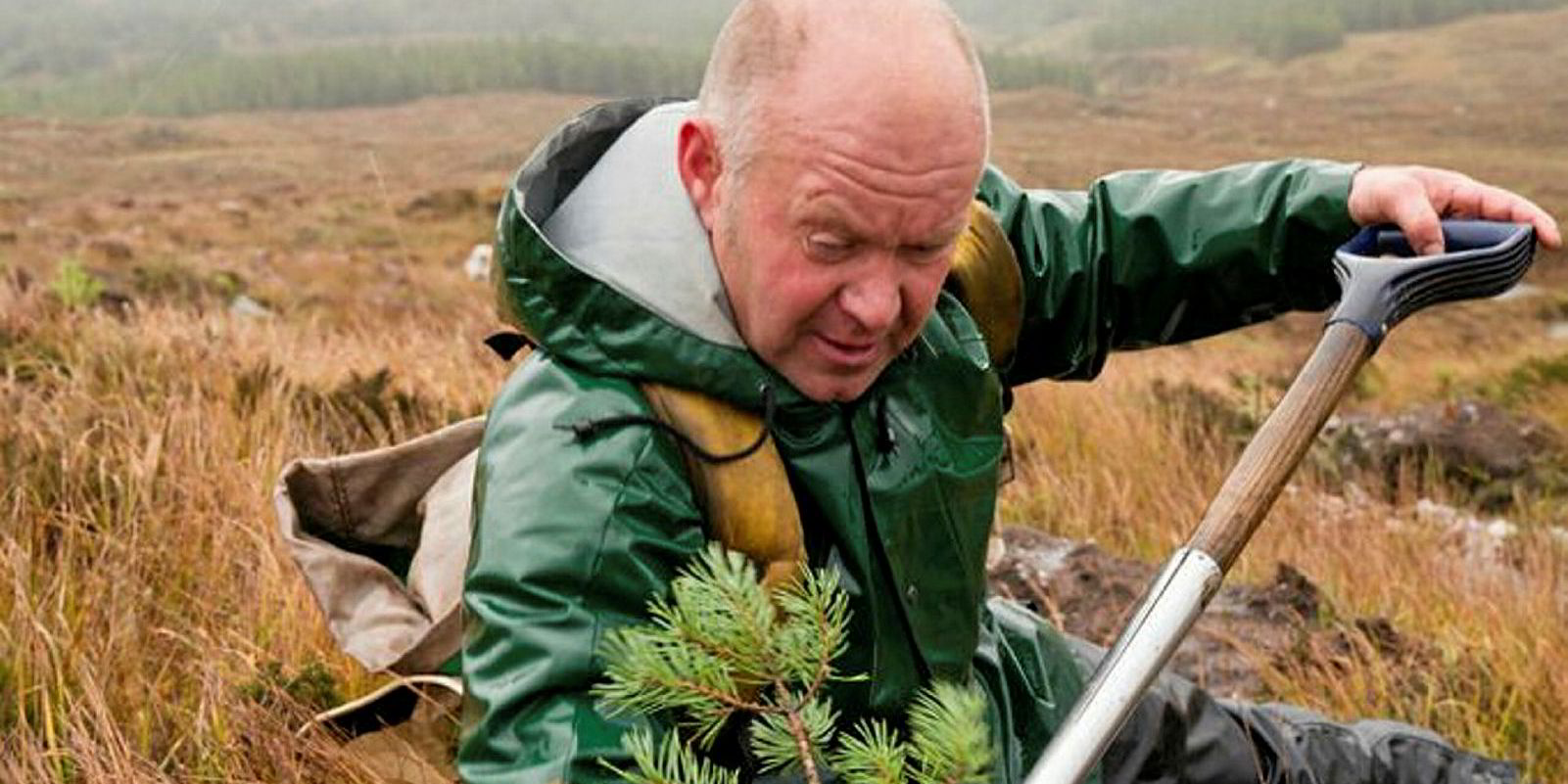
She said offsetting the CO2e of one LNG cargo would require the planting of about 240,000 trees.
Cullen said that while this is achievable for one cargo or even a few dozen, to offset the CO2e emissions for the 5,500 LNG cargoes shipped last year would require 1.5bn trees to be planted, the equivalent of covering an area the size of 500,000 football pitches in a year.
Tan also stressed that for carbon offsetting on term contracts, LNG producers and portfolio players will need to create separate master agreements for their carbon-neutral solutions, in addition to their LNG sales contracts.
In this way, if there is an issue with the carbon-credit provider or the quality of the credits falls during the period, the main sales contract will not be affected.
Tan said sellers have an opportunity now to become market leaders as they begin to invest more in the carbon-offset markets.
Carbon-neutral LNG supply is very new, she added, “but it could help address some of the decarbonisation pressures faced by producers, consumers and the financiers”.
